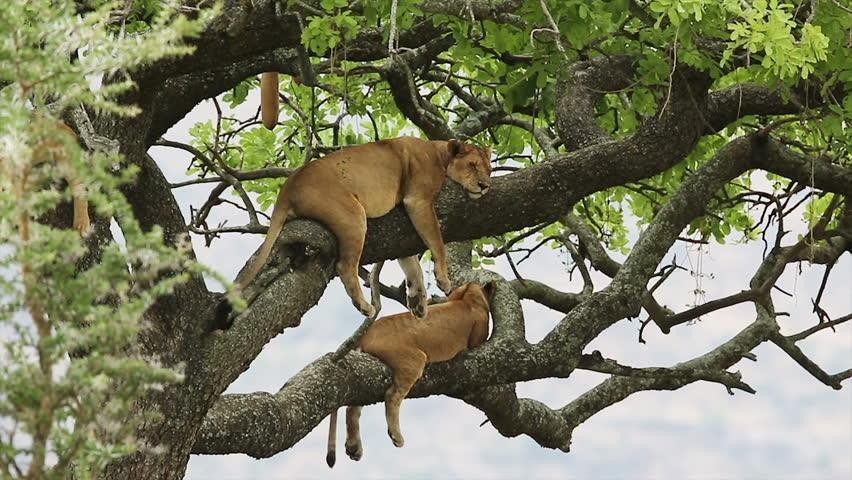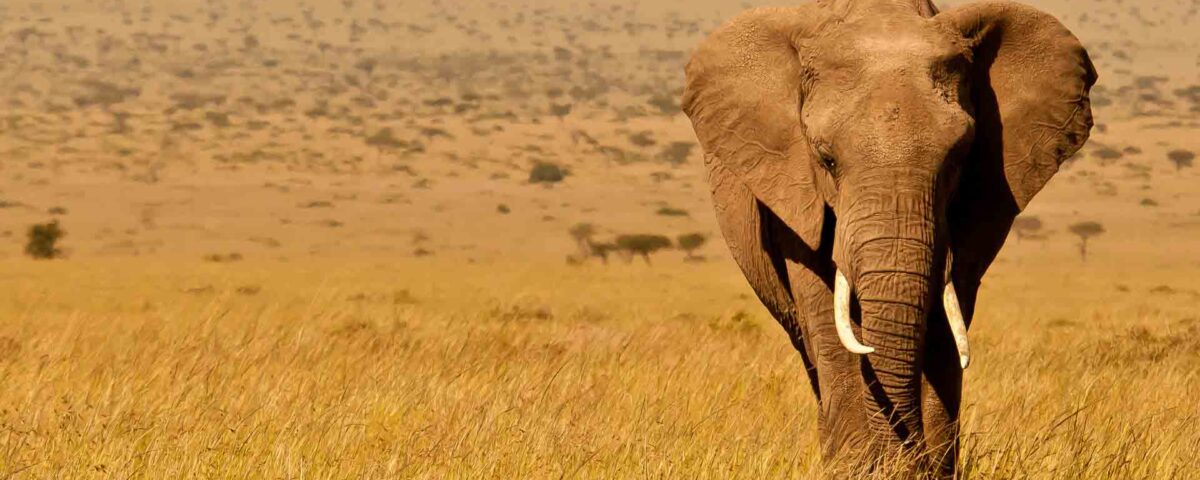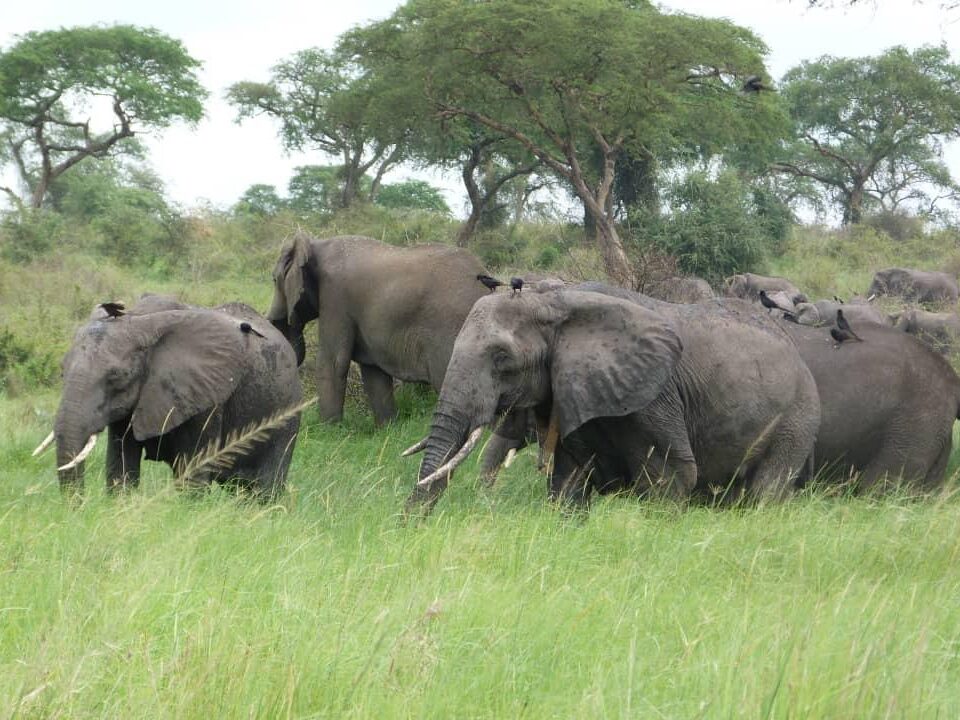
Ishasha Sector in Queen Elizabeth National Park
April 20, 2023
Sport Fishing in Murchison Falls National Park
May 1, 2023African Elephants (Loxodanta)
Elephants are the largest mammals on earth and have distinctively massive bodies, large ears, and long trunks. African elephants comprise two living elephant species that is the African bush elephant and the smaller African forest elephant. These two species are social herbivores but they differ in size and colour of their tusks as well as the shape and size of their ears and skulls.
Both the African bush elephant and the smaller African forest elephant are considered to be at a high risk of extinction and have been marked on the red list by the IUCN as of 2021. African bush elephant is considered endangered whereas the African forest elephant is critically endangered and are all threatened by habitat loss, fragmentation, as well as poaching, especially for their ivory.
Facts about African Elephants
Male and female African elephants have tusks that grow from deciduous teeth that are replaced when the calves are 1 year old.
Their large ears help to reduce heat loss, especially during hot climatic conditions.
Elephants can swim in water with the help of their trunks.
Their tusks help them to dig out roots and strike the back of the trees for food, as well as fight each other, especially during the mating season.
They have grey folded skin up to 30mm thick that is covered with sparse dark brown to black hair.
Elephant tusks weigh between 23-45 kilograms (51-99lb) and are between 5-8ft long. These tusks are curved forward and continue to grow throughout the elephant’s lifetime.
Elephants have four molars that weigh about five kilograms and measure about 30 centimetres.
When elephants reach the age of 40-60 years, they lose their last molar teeth and hence die of starvation in most cases since it has no way of picking food.
African bush elephant is the largest terrestrial animal in the way that cows are 2.2-2.6m tall while bulls are 3.2-4m tall and weigh between 4,700-6,048kg.
Elephants use their trunks to feed as they pluck leaves and use its tusk to tear branches.
Food fermentation takes place in the hindgut which enables it to take in large amounts of food.
Reproduction
Between 25 and 45, elephants become fertile and calves are born after a gestation period of two years. They are cared for by all the other young calves and their mother in the entire group. Female African elephants can start reproducing at around 10 to 12 years of age and are in estrus for about 2 to 7 days.
They do not mate at a specific time; however, they are less likely to reproduce in times of drought than when water is plentiful. The gestation period of an elephant is 22 months and fertile females usually give birth every 3–6 years so if they live to around 50 years of age, they may produce 7 offspring. Females are a scarce and mobile resource for the males so there is intense competition to gain access to estrous females.




